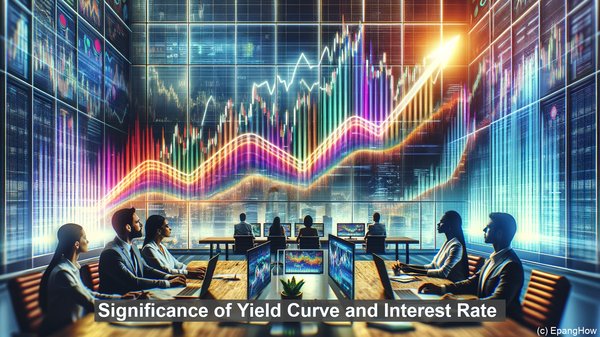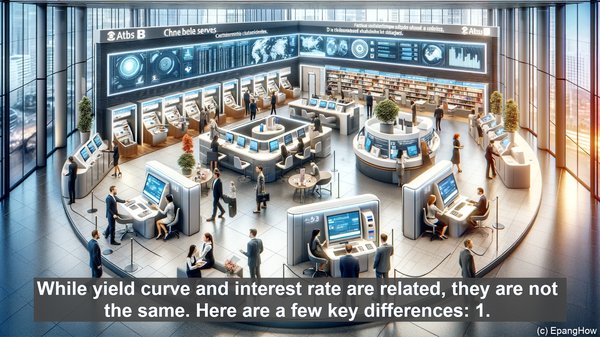Introduction to Yield Curve and Interest Rate
Hello everyone! Welcome to our article on the difference between yield curve and interest rate. These two terms are often used in the realm of finance and economics, and understanding their nuances is crucial for any investor or financial professional.
Defining Yield Curve
Let’s start with the yield curve. In simple terms, a yield curve is a graphical representation of the interest rates on debt for a range of maturities. It shows the relationship between the interest rate and the time to maturity. Typically, the x-axis represents the time to maturity, while the y-axis represents the corresponding interest rate. The shape of the yield curve can provide valuable insights into the market’s expectations and economic conditions.

Exploring Interest Rate
Now, let’s delve into interest rates. An interest rate is the cost of borrowing money, usually expressed as a percentage. It is the compensation a lender receives for deferring the use of their funds or the return an investor expects for lending their money. Interest rates can be influenced by various factors, such as inflation, central bank policies, and market demand. They play a pivotal role in determining the attractiveness of different financial instruments.
Key Differences Between Yield Curve and Interest Rate
While yield curve and interest rate are related, they are not the same. Here are a few key differences: 1. Representation: The yield curve is a graphical representation, while the interest rate is a single value. 2. Time Dimension: The yield curve considers different maturities, while the interest rate is usually associated with a specific maturity. 3. Information: The yield curve provides a broader picture of the market, reflecting expectations and sentiments, while the interest rate is more specific to the cost or return of a particular instrument. 4. Dynamics: The yield curve can change over time, indicating shifts in market conditions, while the interest rate can also vary but may not always reflect the same level of market sentiment.

Significance of Yield Curve and Interest Rate
Both the yield curve and interest rate have significant implications in the financial world. For instance, a steep yield curve, where long-term rates are significantly higher than short-term rates, may indicate expectations of future economic growth. On the other hand, an inverted yield curve, where short-term rates are higher, can be a warning sign of an economic downturn. Similarly, changes in interest rates can impact various sectors, such as real estate, manufacturing, and consumer spending. Investors and policymakers closely monitor these indicators to make informed decisions.
